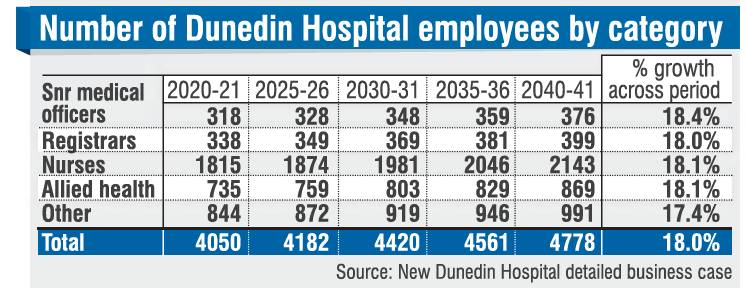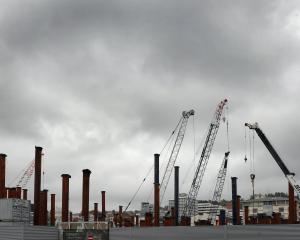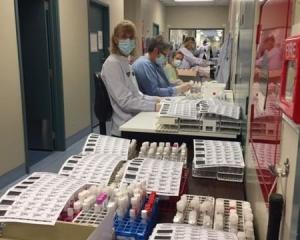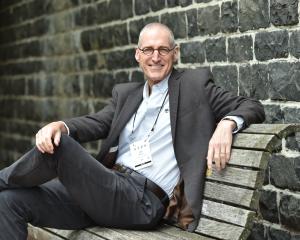
The detailed business case for the $1.47billion facility was released last week, and includes "workforce modelling assumptions" up until 2041.
Planners expect the hospital workforce to increase by 18% in the next 20 years, but their calculations are dependent on "efficiencies" being found so that fewer staff are required in the new buildings.
The forecasts have riled senior doctors union the Association of Salaried Medical Specialists, whose executive director Sarah Dalton said they represented a "slight understaffing" model.
"It takes no account of surge, none of best practice for the whole scope of the senior medical officer role, which is not just seeing patients and running clinical teams, and no desire to use any clinically-led decision-making as part of the planning.
"It is so frustrating."
The business plan notes that workforce expense for the Southern District Health Board is 69% of total expenditure, and that was expected to rise to 74% in 2039-40.
That meant finding efficiencies, and especially developing the hospital’s digital plan, were particularly important so costs could be managed.
"The efficiency assumption makes a material difference to workforce numbers," the plan said.
"Once the inpatient building is completed, there is a two-year period of adjustment where efficiencies are realised, estimated at 2.5% per annum, after which growth resumes but at a slower pace.
"The net result is that 4778 employees are needed in 2040-41, 334 fewer than will be the case if no efficiencies are achieved."
However, ASMS researchers begged to differ with the expectations in the business case.
"The Ministry of Health’s estimates on annual DHB funding adjustments needed to account for demographic changes such as ageing over a 19-year period show the Southern figures would come to more much than 18% over a 20-year period," ASMS research director Lyndon Keene said.
"I would guess an 18% workforce growth over the 20-year period would barely keep up with population growth, especially when you take into account the ageing factor and increasing complexity."
The projected staffing levels represented the status quo and would not address the current shortage of staff in the hospital, ASMS policy director Charlotte Chambers said.
"Given that the current SMO staffing numbers are woefully inadequate an increase of 10 numbers the next four-five year period is really poor."
The plan also anticipated an average workforce efficiency factor of 0.42% a year in devising its workforce projections.
"Growth is lower in the support staff and management and administration, where staff numbers will increase just over 17% over the same period."
The plan expected savings would be found by outsourcing clinical services and treatments and management of budgets for items such as equipment and pharmaceuticals; the business case did not consider any income from sale of surplus land, or the cost of any demolition of the existing hospital buildings.
Comments
From day one the MoH has not wanted to sort out Dunedin's hospital issues. The new build has got half hearted support and will be inadequate for our needs. So it is no surprise that the staffing model is inadequate even at the planning stage. What a shambles.
I believe the staffing efficiences will come from removing various types of treatments from Dunedin and providing those services in northern locations.
These centralisation moves will only be intensified when control moves to Wellington/Auckland. Smaller locations will provide simple, general treatments and and specialist treatments will be in Auckland or Wellington.












